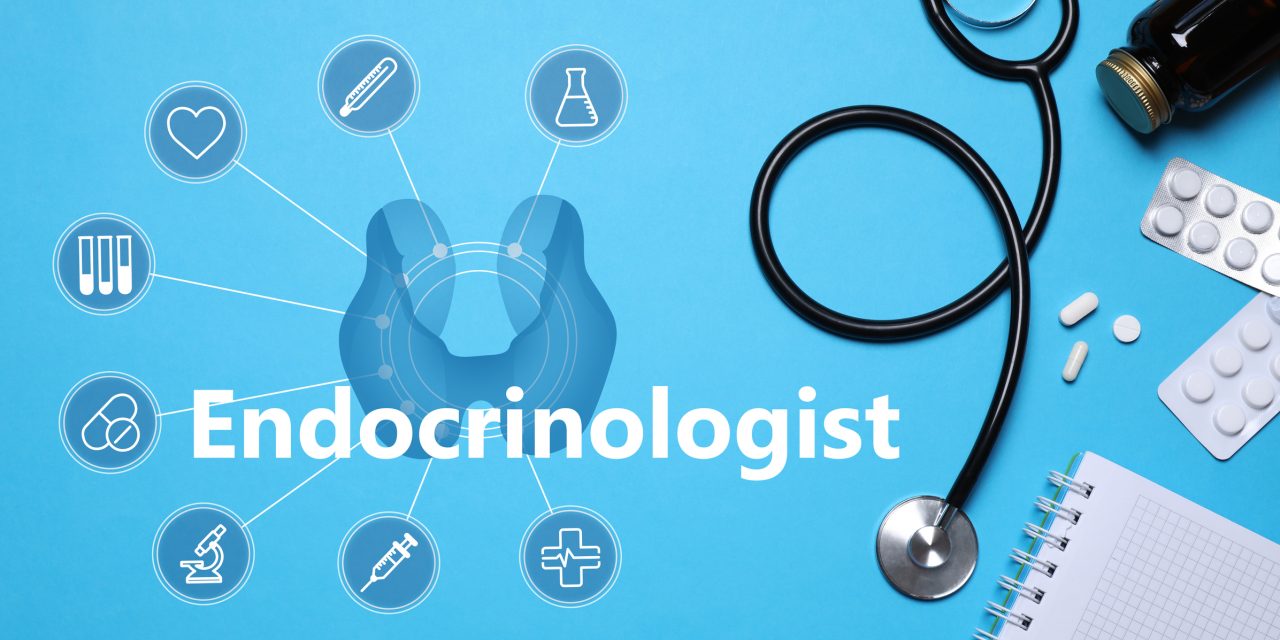Crude protein and amino acid (AA) content in rearing diets affect body composition and reproductive performance. This study evaluated the effects of 4 dietary AA levels during rearing on BW, egg production and composition, fertility, hatchability, and embryo mortality up to 65 wk of age on Cobb 500 slow-feathering (SF) broiler breeders. The treatments consisted in 80% (low-AA), 90% (moderate-AA), 100% (standard-AA), and 110% (high-AA) of the AA recommendations for Cobb 500 SF pullets from 5 to 24 wk. AA was guided by an ideal protein profile based on digestible Lys. A total of 1,360 pullets and 288 Cobb MV cockerels were randomly placed in 16 pullets and 16 cockerel floor-pens. At 22 wk, 1,040 females and 112 males were transferred into 16-floor pens in a laying house. BW increased linearly (P 0.05) at the onset of lay were observed. Moderate-AA and standard-AA resulted in the best hen-housed egg production (HHEP) at 65 wk with 174.3 and 176.5 eggs, respectively. The optimum level of AA for HHEP at 65 wk was estimated (P < 0.001) in 96.7% and 94.7% by the quadratic and broken line models, respectively. Overall, the lightest egg weight (P = 0.022) was obtained with 89%AA during rearing, and the heaviest eggs (P < 0.001) were found at 54 wk. Response surface regression indicated linear effects on albumen and yolk percentages (P < 0.01) increasing and decreasing, respectively, as AA levels augmented; consequently, AA had a negative linear effect on Y:A ratio (P = 0.004) with quadratic effects (P 0.05), but AA had a quadratic effect (P = 0.046) on hatchability up to 50 wk of age with 97% as optimum, and decreased linearly (P = 0.004) from 51 to 65 wk. A few effects of treatments (P < 0.05) on embryo mortality were observed. In conclusion, AA levels during rearing affect broiler breeder reproductive performance.Copyright © 2021 The Authors. Published by Elsevier Inc. All rights reserved.
Effects of amino acid levels during rearing on Cobb 500 slow-feathering broiler breeders: 2. Reproductive performance.


